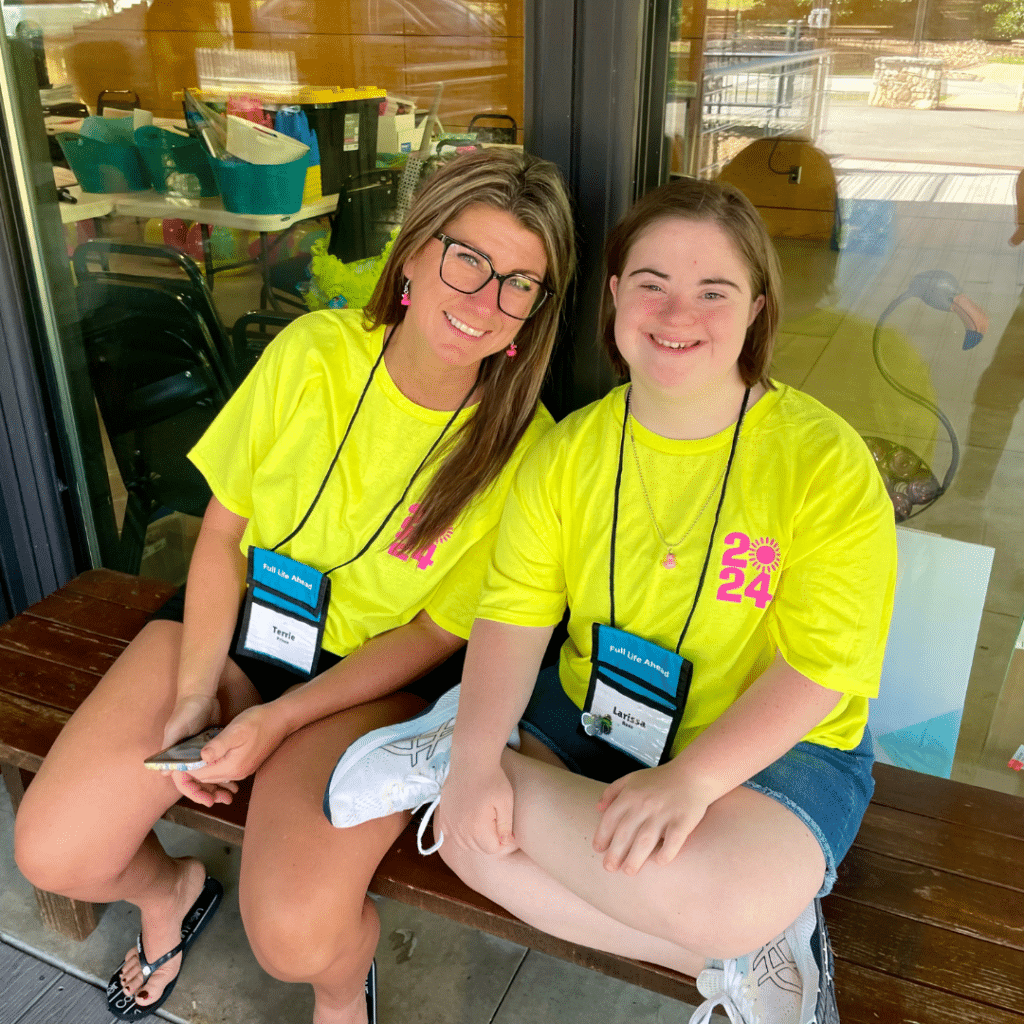A Little History
Presidents and Parents and Advocates Leading the Way
In the early 1960’s President, Kennedy used the power of the Presidency to bring attention to the needs of people experiencing life with an intellectual and developmental disability (IDD). Back in the 1960’s, people with IDD were labeled as “mentally retarded.” Up until that time, people with IDD often lived in back rooms of family homes or large, substantially underfunded state-run institutions ripe for abuse and neglect. 
President Kennedy leveraged his family’s personal experience with his sister, Rosemary’s disability to convene a Presidential Panel focused on the exclusion of people with IDD from education, employment, and community participation.
At the same time, parents began refusing to place their family members with disabilities into institutional care all over the country, later organizing into The Arc or what was known back then as the Association of Mentally Retarded Citizens.
In 1975, The Developmental Disabilities Assistance and Bill of Rights legislation defined developmental disabilities and set forth the standard of education and support to be provided in the “least restrictive environment” commonly referred to as LRE.
In 1978, Congress recognizing the more chronic nature of intellectual and developmental disabilities raised the age from 18 to 22 for educational services.
The DD Act of 1984 set up much of the system we all experience today. The emphasis on goals for services for people with developmental disabilities “to achieve their maximum through increased independence, productivity, and integration into the community.” State Developmental Disabilities Councils were implemented in all states and territories with the intention to provide additional training to individuals, families, service delivery systems and to develop a statewide strategic plan for services over the next five years to build on community needs.
It was in 1987 when President Reagan proclaimed March as National Developmental Disability Awareness Month focusing awareness on the potential of citizens with IDD to work, contribute, and enjoy typical lives.
1990 was another landmark year. President Bush signed the American’s with Disabilities Act. The DD Act was amended once again to move from the goals of independence, integration, and productivity toward interdependence, inclusion, and recognition of individual contributions. Training opportunities were expanded to include professionals, paraprofessionals, family members and individuals with developmental disabilities and to advocate for innovative public policy and community acceptance.
The DD Act continues to evolve to include People First language beginning in 1984 and continues to emphasize individual dignity, and person centered goals, and multicultural focus inclusive of individual and family participation.
Thanks to the hard work and effort of so many people with intellectual disabilities, families, dedicated professionals, legislators and Presidents, life has improved since the 1960’s for citizens with IDD.
How can you celebrate National Development Disability Awareness Month?
Talk to your churches about the potential of people with intellectual and developmental disabilities. Go the Rotary, the Kiwanis Clubs, and even your hunting club.
Contact your legislators, share information about your family’s needs and concerns for the future.
Throw a big party inviting neighbors and local businesses while showcasing the many accomplishments of the people with love who experience IDD. Share stories of their many contributions to your community.

